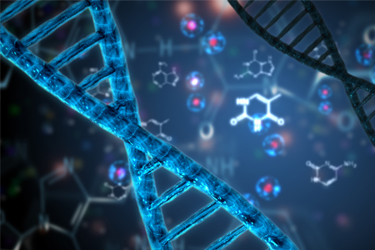Pioneering Gene Therapy In Rare Diseases: A Path To Revolutionary Treatments

Gene therapy presents groundbreaking opportunities for treating rare diseases by addressing their genetic root causes, but its development is fraught with significant pitfalls and complexities. The Chemistry, Manufacturing, and Controls (CMC) process remains one of the biggest challenges, as well as the high cost of production, which is exacerbated by small patient populations and specialized infrastructure needs. Regulatory hurdles add another layer of difficulty with varying global requirements and fragmented approval pathways. Additionally, the long-term safety monitoring of gene therapy patients is essential to assess risks such as insertional mutagenesis, immune responses, and durability of treatment effects.
AI-driven clinical trial design and patient monitoring are being used to streamline processes, improve data collection, and optimize site performance. Regulatory initiatives such as the FDA’s START pilot program, orphan drug designations, and accelerated approvals are also being used to expedite development and overcome gene therapy hurdles. Overcoming these barriers requires continued innovation in manufacturing processes, harmonized regulatory approaches, and outcome-based pricing models to ensure gene therapy becomes an accessible and viable treatment option for rare disease patients.
Get unlimited access to:
Enter your credentials below to log in. Not yet a member of Clinical Leader? Subscribe today.
